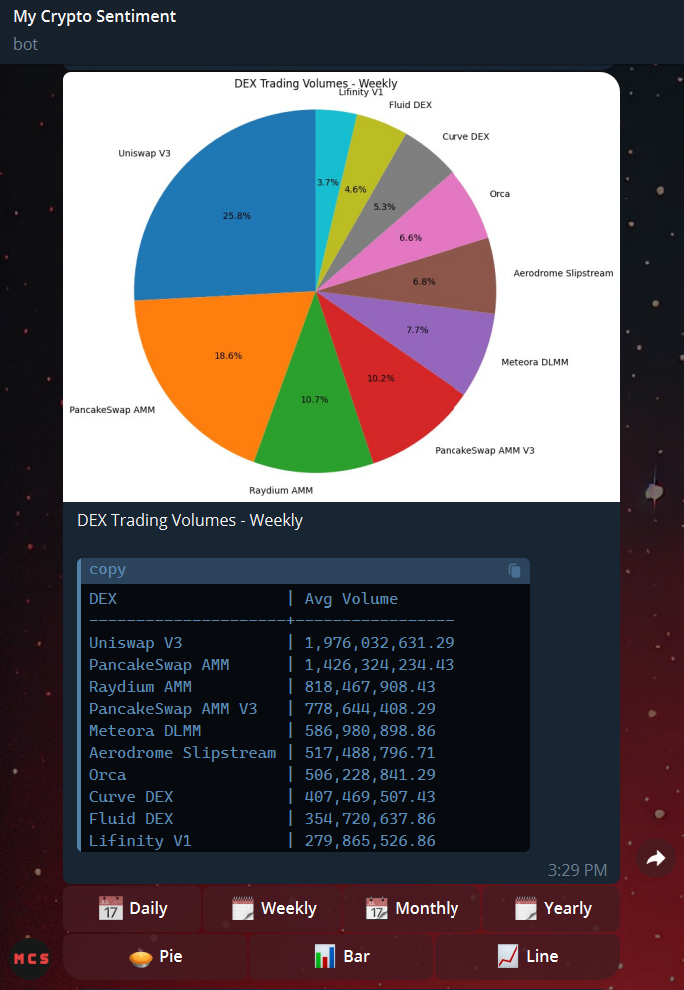 Blocks from the Lighthouse of Alexandria recovered. Credit: GEDEON Programmes / CEAlex
Blocks from the Lighthouse of Alexandria recovered. Credit: GEDEON Programmes / CEAlexAfter centuries beneath the waves, 22 massive stone blocks from the ancient Lighthouse of Alexandria have been recovered from the seafloor, marking a major step in efforts to digitally reconstruct one of the Seven Wonders of the World.
Rare pieces lifted from the seabed
Led by archaeologist and architect Isabelle Hairy of France’s CNRS, the operation is part of the PHAROS project.
Conducted under the authority of Egypt’s Ministry of Tourism and Antiquities, the mission brought up some of the lighthouse’s most iconic elements, including the lintels and uprights of a monumental doorway, each weighing between 70 and 80 tons.
 A massive stone block from the ancient Lighthouse of Alexandria is lifted from the seabed. Credit: GEDEON Programmes / CEAlex
A massive stone block from the ancient Lighthouse of Alexandria is lifted from the seabed. Credit: GEDEON Programmes / CEAlexThe recovered blocks also include a threshold, large foundation slabs, and parts of a previously unknown pylon featuring a doorway that blends Egyptian design with Greek construction methods.
Digital tools help reimagine the lighthouse
The findings expand a growing digital archive of the site. Over the past decade, more than 100 submerged architectural pieces have already been scanned. The newly recovered blocks will undergo photogrammetric processing before being handed over to engineers from La Fondation Dassault Systèmes.
 Virtual reconstruction of the monumental door of the Alexandria Lighthouse. Credit: Isabelle Hairy / Centre d’Etudes Alexandrines
Virtual reconstruction of the monumental door of the Alexandria Lighthouse. Credit: Isabelle Hairy / Centre d’Etudes AlexandrinesThe blocks will be virtually repositioned to help create a digital reconstruction of the lighthouse of Alexandria, revealing how it once stood and possibly how it fell.
Discovery builds on earlier underwater research
This work builds on the 1995 discovery of the lighthouse’s underwater remains by archaeologist Jean-Yves Empereur, founder of the Centre d’Études Alexandrines (CEAlex). His earlier efforts helped establish a clearer picture of the monument’s original footprint and launched long-term preservation studies.
A wonder of its time
Standing over 100 meters tall, the Lighthouse of Alexandria was built in the early third century BCE (Hellenistic era) under the rule of Greek general and successor of Alexander the Great, Ptolemy I. It served as a beacon for sailors navigating the city’s rocky coastline and symbolized Alexandria’s strategic and cultural importance in the Mediterranean.
According to Strabo, Greek architect and engineer Sostratus of Cnidus, a friend of Ptolemy, designed and constructed the lighthouse and presumably funded the works.
Widely considered the world’s first skyscraper, the lighthouse remained standing for more than 1,600 years before being damaged by earthquakes and eventually dismantled for building materials.
 Interpretation of the Lighthouse of Alexandria. Credit: Midjounrey / Open Domain / Free Use
Interpretation of the Lighthouse of Alexandria. Credit: Midjounrey / Open Domain / Free UseFilling in the gaps with history
The PHAROS project brings together archaeologists, architects, historians, and coin experts to gather ancient descriptions, depictions, and evidence dating from the late fourth century BCE to the 15th century CE.
These historical records help fill gaps left by the physical remains, which were further reduced when stones from the lighthouse were used to construct the Qaitbay Fortress in 1477.
A digital rebirth for a lost monument
In 2025, GEDEON filmed the current mission for a new 90-minute documentary, directed by Laurence Thiriat. The film is set to premiere in prime time on France Télévisions, offering viewers a front-row seat to the rebirth of a monument lost to time.
As these ancient stones rise from the sea, the Lighthouse of Alexandria begins to reappear—virtually rebuilt, piece by piece, through science, history, and imagination.
.png)




